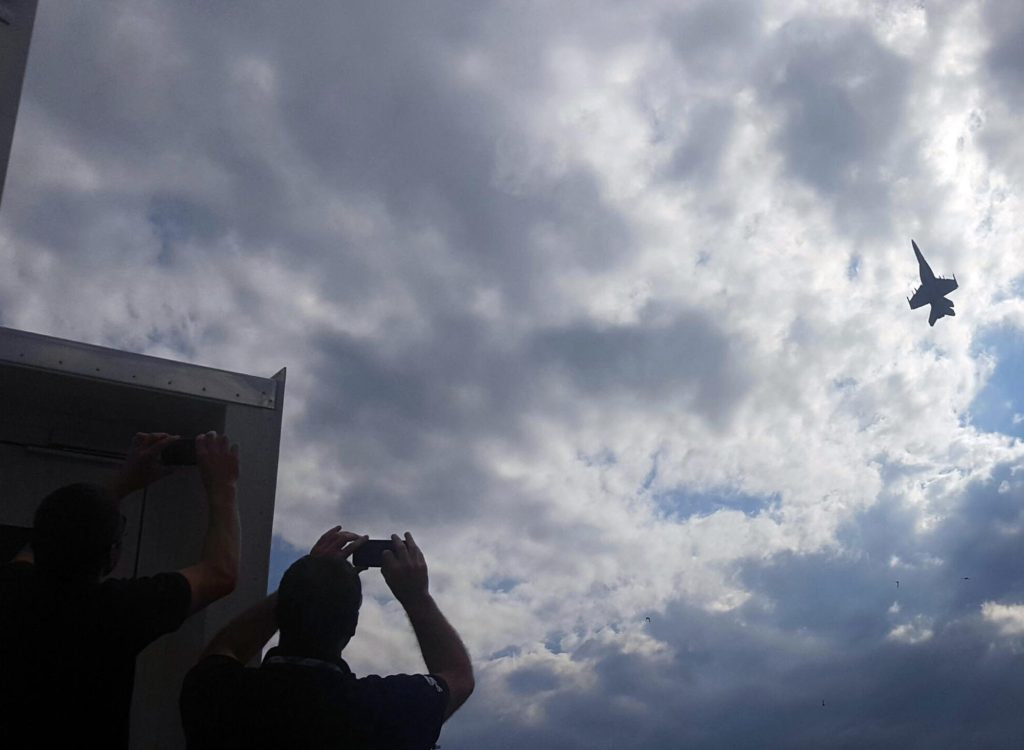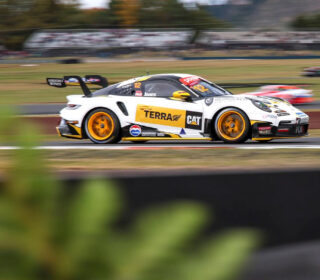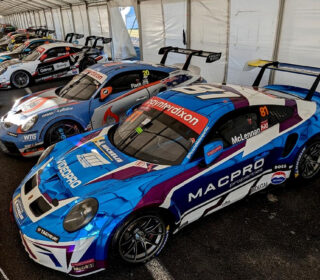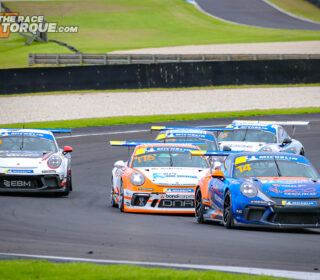THE RUNDOWN: AUSTRALIAN GRAND PRIX

WHEN WAS the last time Melbourne’s Grand Prix delivered a truly thrilling race?
Early criticism’s of Formula 1’s new aero regulations after Sunday’s rather uneventful Australian Grand Prix may be a little bit premature, because The Race Torque isn’t convinced Albert Park’s 5.3km is the best indicator for what will make a thrilling Formula One season ahead.
Though famously hard on brakes, Albert Park isn’t a track with a lot of ultra-slow corners – and the quick Turn 16 entry to the main straight and the fast turn one-two chicane that leads to the second longest flat-out blast makes it difficult for DRS to have a major role in creating passing.
Kimi Raikkonen’s strategy-assisted win for Lotus-Renault in 2013 is the last AGP that we can remember that had a real air of unpredictability about it.
In essence, Sunday’s Grand Prix was a traditional strategic affair where Hamilton’s decision to stop early – and the subsequent six laps where he was bottled in behind Max Verstappen’s Red Bull – ultimately dictated the results. In that it was quite a traditional, cerebral race – but Formula 1 can deliver those.
So while we understand there were only an handful of actual on-track overtakes during the race, let’s give the new cars a few more races to see if the on-track product suffers for the added thrills of seeing the cars at maximum attack in qualifying.
Perhaps the bigger concern is the lack of depth in the field – it really is a two-horse race at the moment, with Red Bull barely clinging on behind Ferrari and the rest nowhere relative to the leaders.
Racing always improves with a more competitive field – so perhaps Liberty and the FIA’s efforts need to go into leveling the playing field as much as making the cars more impressive.
**
ON THAT, there is no doubt that the new cars are really impressive to watch in real life. Like, really, really impressive.
This writer was able to catch a few brief moments of the third free practice session from the high speed, right-hand sweeper at turn 14 – a corner where the new cars are upwards of 30km/hr quicker than last year’s already impressive mid-corner speeds.
The initial rotation of the car into the corner borders on being violent and then the way the things grip mid corner is spectacular. In person a Formula 1 car has returned to being somewhat breathtaking to watch attack a circuit during qualifying and our thoughts were mirrored by plenty of fans and experts we spoke to over the weekend. They are definitely louder, too, but also sound sweeter.
So there’s a pass mark for that, but if the cars can’t race then it might be a case of going back to the drawing board – the chatter from drivers in the post-event press conference about how hard it was to overtake is a genuine concern. Still, let’s wait and see when we get to a circuit that produces better racing.
In the meantime, jump on YouTube and find the vision shot from behind at the entry to Turn 11/12 – the fast chicane at the back of Albert Park.
Racing cars shouldn’t be able to go that fast through corners that tight – but today’s Formula 1 cars, apparently, can.
Formula 1 is supposed to be the biggest, baddest, toughest form of our game and after a few years in the wilderness there’s no doubt that they have gone a long way back to being just that. Chatter in the paddock of initial brake applications creating more than six G’s add to that theory.
And thank goodness for that.
**
I FEEL for our Formula One TV mates: the word on the streets at the weekend was that the impressive Royal Australian Air Force displays caused them some grief just before Qualifying on Saturday.
With the RAAF FA/18 SuperHornet a daily spectacle at the Grand Prix, Saturday’s display was particularly impressive – easily the best this writer has ever seen at the event.

With the cloud ceiling quite low, the sound was amplified as the pilot put the aircraft through it’s paces with aplomb. It was awesome.
However it seems that the high-speed passes might have done more than shook the ground – with FOM’s TV feed facing a world of technical issues just prior to the start of qualifying. The word was that the flyby – that regularly sets off car alarms in the infield car park daily – caused technical havoc with some of the high-tech links employed to connect the cameras with the broadcast hub.
Apparently they lost their link with their trackside cameras, which is why the start of the session was a lot of helicopter shots, pit lane cameras and onboards.
Slowly it patched itself together and only those watching closely would’ve noticed the difference – though the graphics took a little longer to restore.
A good recovery, then, for the FOM TV lads and ladies – who as good as they are, perhaps can’t quite keep up with the might of Australia’s finest from the Royal Australian Air Force!
**
THOSE who watched Network Ten’s coverage of the Grand Prix weekend would have had the delight of listening to Mark Webber all weekend.
Given he only arrived from Hong Kong at 8am on Friday morning, Webber was sharp as a tack during the Formula 1 sessions all weekend and has arguably become Formula 1’s best colour / analyst commentator.
We had the pleasure to sit behind Webber, Ten’s Matt White (who is the absolute consummate professional and a remarkable broadcaster) and both Alan Jones and James Allen during the weekend and it was enthralling commentary.
Webber’s pin-sharp comments on what the drivers were experiencing were refreshing and, with all due respect to greats like Martin Brundle and David Coulthard, absolutely relevant while at the same time being conversational and quite funny at times. His very Aussie habit of saying the word ‘mate’ a lot (“What he’s done there, mate, is fire the thing into the corner too fast and realised there’s not grip at that speed..’) also makes him personable, like you’re having a chat at the pub.
Bit is analysis of Ricciardo’s qualfying crash – where he mused about the aero balance of the Red Bull – was an incredible insight into the sport you don’t usually get.
The other refreshing thing about his commentary is that he’s not afraid to give someone a serve if needed, which is a rare commodity amongst broadcasters these days. Definitely an A+ for Aussie Grit.
**
F1 experts James Allen and Tom Clarkson were both part of the Ten team and add an enormous amount of insight and experience into the coverage.
Both, too, are Cricket enthusiasts so it was great to see them get the chance to experience the MCG on Thursday night, as Carlton took on Richmond in the Aussie Rules season opener.
As I badly tried to explain the rules of footy to Tom on the taxi ride over, he mentioned how he’d been so keen to see the ground after years of watching test match cricket at the venue, from afar.
Both had glowing reviews for both the code and the stadium the day after – it’s nice to be reminded how damn good we have got sports here every now and then, with a bit of international perspective!














